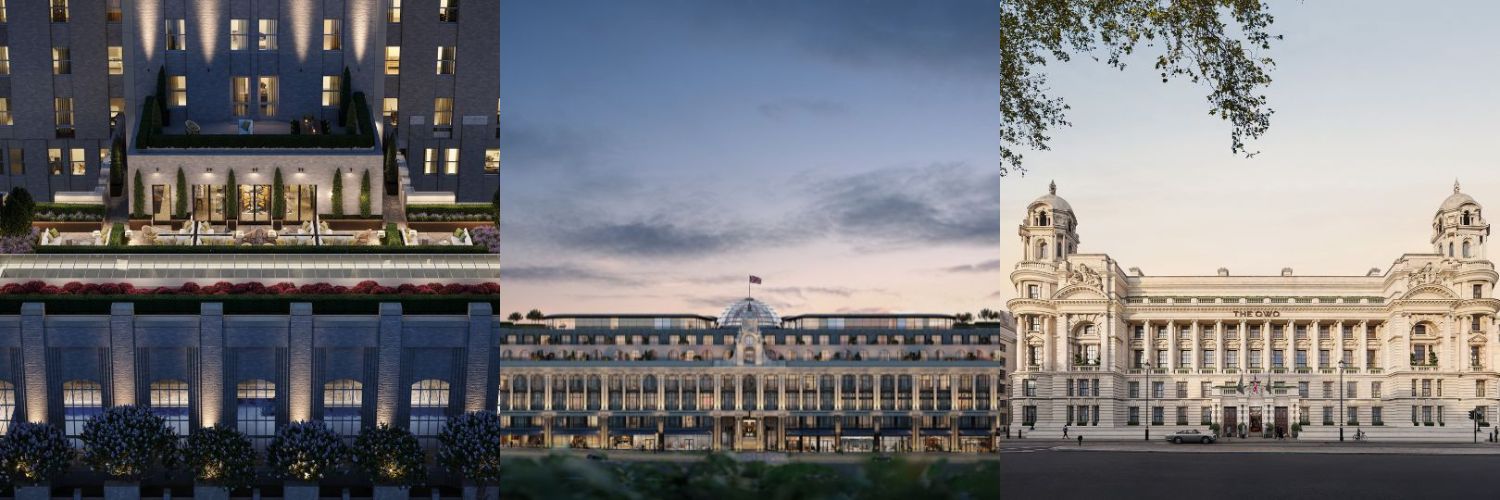Emerging trends in the Asia-Pacific residential market
Notable trends that have emerged in 2023 and are here to stay in 2024 include the stabilisation of residential prices, growing popularity of branded residences, rightsizing and co-living phenomena.
4 minutes to read
The Asia-Pacific residential property market is a dynamic landscape with various emerging trends.
Stabilising residential prices
The theme for the residential landscape in the Asia-Pacific region is resilience. Most markets performed better than expected and showed a significantly smaller correction compared to the earlier forecast. We expect the market condition to improve further in 2024. In Southeast Asia, the property market is expected to remain consistent in 2024. Manila stands out as a market with projected growth of 5.9% in 2024, driven by fintech and startups and strong domestic and foreign investments. Singapore is experiencing cautious investors due to high prices and a subdued economic outlook. Bangkok and Jakarta are seeing sideways movement influenced by concerns about economic growth and higher interest rates.
"Strong investor confidence in the Philippines during the current Ferdinand R Marcos Jr. administration has buoyed the real estate market despite rising interest rates. The luxury residential space is one of the several sectors where we're seeing encouraging market activity. Pent-up demand for prime properties, the return of the residential leasing market, and the tight supply of developments have contributed to significant price appreciation, especially in central business districts."
_Rick Santos, Chairman, CEO and owner of Santos Knight Frank
Australia, New Zealand and India show positive signs, while Greater China shows a mixed picture. The delayed economic recovery has subdued market sentiment in both the Chinese mainland and Hong Kong SAR.
Growing demand for Branded Residence

Showcasing images of Branded Residences (from left to right) of The Waldorf Astoria, The Whiteley London, and The OWO.
Branded residences are becoming a popular trend in the Asia-Pacific residential property market. This trend has been gaining momentum over the past few years, with buyers attracted to the wide range of amenities and the trust they place in reputable brands. Hotel-branded residences, in particular, have become a prominent feature, offering luxury homes affiliated with renowned hotel brands.
According to the Branded Residences Report 2023 by Knight Frank, more than one in three prime international buyers (39%) are willing to pay a premium for a branded residence. This figure rises significantly to 45% and 43% in Australasia and Asia, respectively. The main motivation behind this trend is the premium service provision and amenities offered, including concierge services, access to spa and fitness facilities, fine dining, and more. The high-yielding potential of the development, as well as the effective management and maintenance of the property, also contribute to this trend.
What sets branded residences apart is that buyers are not just acquiring a home; they are embracing an entire lifestyle intimately connected to the brand. Delve into our collection of global branded residences that are popular among Asia-Pacific investors via the link here.
The rightsizing phenomenon
The pandemic-induced trend of "rightsizing" in Asia-Pacific, combined with increased immigration, has led to a surge in rental demand. This trend involves downsizing to a more luxurious apartment lifestyle and is gaining popularity in the region, particularly in Australia. As a result, we can expect to see more prime and super-prime residential developments catering to owner-occupiers and "rightsizers". These developments will offer spacious floor plans in convenient locations with a focus on comfortable living spaces and high-quality finishes.
"The mix of luxury apartments can be vast in Australia with the most prestigious of apartments typically located on the top floors of residential towers. However, this is changing, with more developers open to the idea of building a complex where everyone within the building enjoys the same level of luxury, privacy, and amenities. Rightsizers are seeking a simple, but luxurious, no-maintenance lifestyle. Buyers tend to be entrepreneurs, families and the actively retired, with an increasing appetite from younger generations who are likely to be agile, transient, and global for their work and play. Amenities are a key driver and include high levels of security and concierge for lock-up-and-leave in a new modern building, single-level lateral living, wellness facilities, a good view and aspect, a sense of community within the complex and smart technology."
_Michelle Ciesielski, Partner & Head of Residential Research, Knight Frank Australia
Increasing popularity of Co-Living spaces and Build-To-Rent model
Co-living spaces are a modern and convenient housing solution that offer a flexible and cost-effective way of living for young professionals and students. These shared living spaces are becoming increasingly popular in major cities in Asia-Pacific, driven by the need for a significant cultural shift.
Another popular phenomenon in the region, particularly in Australia, is the rise of Build-to-Rent (BTR) developments. Developers build and own rented properties, ensuring a stable, long-term income for both the developer and the investor. This approach evolves the real estate landscape and fosters a vibrant tenant community, offering excellent service and amenities. Delve deeper into co-living spaces and the BTR model and their differences by clicking on the link here.
As we navigate the evolving property trends in the Asia-Pacific region, these insights provide a glimpse into the multifaceted dynamics shaping the real estate landscape. From stabilising residential prices to the increasing appeal of branded residences and the rightsizing phenomenon, the region's property market continues to evolve, presenting opportunities for investors and homeowners.